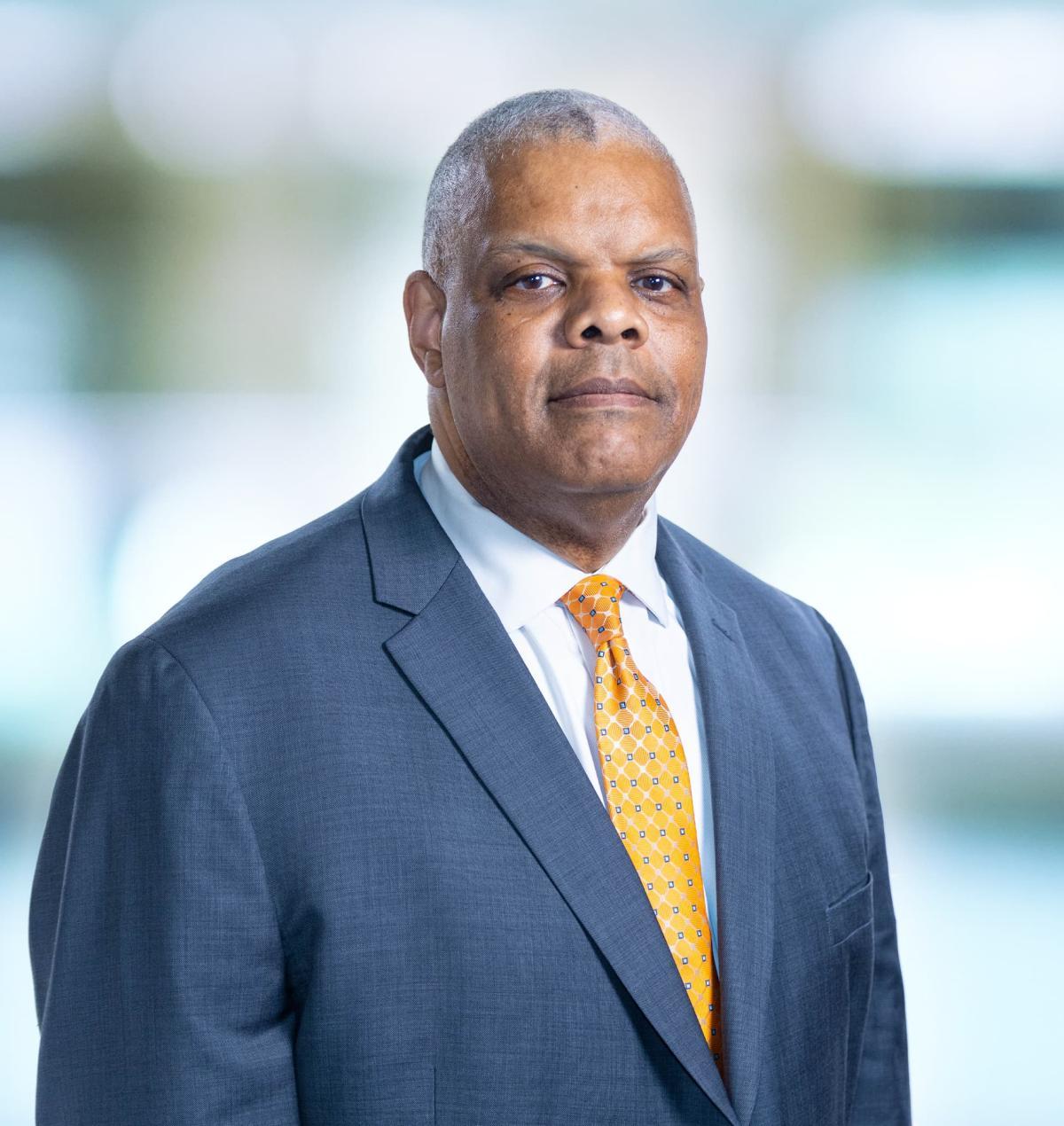
Enabling Disaster Preparedness in Global Health
Sinclair Harris Predictive Analytics, Military Readiness, Healthcare Management, Logistics, Climate Mitigation & AdaptationFrom Japan to Pakistan and everywhere between, nations and philanthropic organizations struggle to deal with a growing number of climatologically driven disasters. And, as more people are living closer to the coast and inland waterways of the world, the impact of these storms continues to grow. Transportation and distribution of critically needed supplies has become more of a challenge as many areas are dealing with aging infrastructure and roads that only exacerbate the problems when disaster strikes. And, to top it all off, the governments and organizations that must respond to these calamities are also under fiscal stress and can’t cover every scenario they envision happening. Now that I have painted a fairly bleak picture, ''where is the rainbow,'' you might ask? It starts with better analyses and the ability to determine where and when the next bad thing will happen.
Patience is not a virtue in this case, and everyone must proactively prepare for disasters by building more predictive and resilient supply chain systems. The United States government works with many countries and organizations toward this goal. The State Department, the United States Agency for International Development (USAID), and other governmental groups/agencies do a great deal to help nations when disaster strikes. Billions of dollars in aid have been spent and the military routinely deploys forces around the world to help mitigate suffering. Many nations have improved their ability to react after the fact…but more could be done. With better analyses of the existing supply chain and more accurate understanding of where and when climatic changes will occur, scarce resources could be better aligned.
Evaluating Readiness
What does ready enough look like, when must you be ready, and how ready do you need to be? For those who focus on disaster management in the United States and abroad, consider the following:
- In your organization, do you have the ability to more accurately predict where and when disasters will most likely occur?
- Do you have the ability to understand the fragility or lack of resilience in the health supply chain for nations that are under stress?
- Do you know how disasters will impact different segments or areas of a country or a society?
- Do you know the cultural barriers to successfully deliver aid and provide support so the nations can do this work on their own?
Governments and institutions need trusted partners that can grow their capacity to do predictive analysis and get ahead of the problem.
Improving Predictive Data
Climate science has advanced to the point where analysts can calculate a percentage chance that a major event will occur next year, the year after, and beyond. These percentage estimates are not perfect, but there is enough useful information to engage in proactive planning to ameliorate negative impacts. It is realistic to calculate what impact sea-level rise will have on coastal cities and what will be the likely strain on the electrical grid. It is possible to know which roads will be washed out in upcoming storms, thus requiring alternative ways to move goods and services to marginalized communities. Waiting until the disaster happens to make a plan is just increasing the death toll.
It is possible to address these challenges today on three levels:
- Capacity—Nations and organizations need to help countries evaluate whether they have the capacity to work quickly and broadly in emergencies. Even if a country has a decent supply chain that can support 100,000 people, is there a plan in place for 250,000 people as the population grows or the disaster spreads?
- Capability—Government institutions and aid organizations should help the government workforce in each country with how to create back-up plans for supply chain issues now, when they are not in crisis.
- Culture—These same institutions and organizations must understand the culture of the places involved to know how to help holistically. We’re not going to solve a problem in Sub-Saharan Africa the same way we would address it in equatorial South America. Even within Sub-Saharan Africa, we must be culturally sensitive to the internal cultures.
Improving Disaster Preparation
We live in a world where the impacts of disasters are not geographically contained. Civil unrest in Asia has significant consequences in North America and other continents. Drought conditions in several Sub-Saharan African nations is a perfect example of the global effect of disasters today. The terrible living conditions in nations have led to civil unrest and millions of displaced people desperate for sustenance, peace and stability. Many strive daily to leave their birth place for Europe and the Americas. Without proactive steps to mitigate the effects of these disasters, the global refugee crisis will worsen, and these areas of instability will quickly become breeding grounds for terrorists. Ultimately, if people believe that no one cares about them, they will not sit idle. If you think there is a refugee crisis now…you ain’t seen nothing yet!
To sit and just watch genocide or disasters happen is simply not the way society should work in the 21st century. Countries and people who can afford to do something should. We must inspire people to build a more civil society that cares about others. To make an effective disaster plan, it is necessary to combine expertise in:
- Healthcare management,
- Supply chain and operational logistics,
- International cross-cultural work, and
- Climate science.
In The Art of War, Sun Tzu has often been quoted as saying, “If you know the enemy and know yourself, you need not fear the result of a hundred battles. If you know yourself but not the enemy, for every victory gained you will also suffer a defeat. If you know neither the enemy nor yourself, you will succumb in every battle.” This can readily be applied to the battle that we all are facing with greater volatility in climate and the effects of disasters on our fragile infrastructures and budgets. At LMI, we bring together a unique mix of analysts and consultants who are driven to solve the wickedly complex problems that governments face.


RADM Sinclair Harris (USN, Ret.)
Vice President, Client RelationsRADM Sinclair Harris (USN, Ret.)
Vice President, Client RelationsRetired Navy Rear Admiral Sinclair Harris is LMI’s senior client relations executive for the defense sector. His Navy service culminated as the vice director for operations to chair of the Joint Chiefs of Staff. He also commanded the U.S. Fourth Fleet, leading U.S. naval forces assigned to the U.S. Southern Command.


